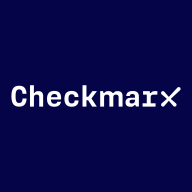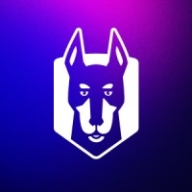

Snyk and Checkmarx IaC Security/KICS are competing in the infrastructure as code (IaC) security arena. Snyk seems to have the upper hand in pricing and support, while Checkmarx IaC Security/KICS stands out with its feature depth.
Features: Snyk is praised for its ease of integration, wide-ranging language support, and streamlined vulnerability identification in the development pipeline. Checkmarx IaC Security/KICS is highlighted for comprehensive scanning capabilities, in-depth security checks, and its appeal to tech buyers seeking robust security analysis tools.
Ease of Deployment and Customer Service: Snyk is recognized for smooth deployment and strong customer support, integrating well with existing workflows without significant disruptions. Checkmarx IaC Security/KICS requires a more involved setup but offers an extensive support network to guide users through implementation challenges.
Pricing and ROI: Snyk is noted for competitive pricing and substantial return on investment through reduced remediation times and risk exposure. Checkmarx IaC Security/KICS, although associated with higher costs, provides extensive security capabilities that can lead to long-term ROI for businesses prioritizing security.
| Product | Market Share (%) |
|---|---|
| Snyk | 4.6% |
| Checkmarx IaC Security / KICS | 0.3% |
| Other | 95.1% |

| Company Size | Count |
|---|---|
| Small Business | 20 |
| Midsize Enterprise | 9 |
| Large Enterprise | 21 |
Checkmarx IaC Security / KICS provides a comprehensive approach to infrastructure as code security, helping organizations identify and remediate vulnerabilities in their IaC templates efficiently.
KICS, an open-source tool by Checkmarx, focuses on strengthening cloud infrastructure security. It scans IaC files like Terraform, AWS CloudFormation, Kubernetes, and Azure Resource Manager, identifying misconfigurations and security flaws before deployment. By integrating seamlessly into CI/CD pipelines, it ensures secure code development without impeding software delivery speed. KICS is designed for developers, DevOps, and security teams to enhance their security posture effectively.
What are the most valuable features of Checkmarx IaC Security / KICS?In industries like finance, healthcare, and technology, implementing Checkmarx IaC Security / KICS enables organizations to meet stringent regulatory compliance requirements and safeguard sensitive data. By embedding security into the development lifecycle, companies can trust their cloud infrastructure setups, maintaining data integrity and customer trust.
Snyk excels in integrating security within the development lifecycle, providing teams with an AI Trust Platform that combines speed with security efficiency, ensuring robust AI application development.
Snyk empowers developers with AI-ready engines offering broad coverage, accuracy, and speed essential for modern development. With AI-powered visibility and security, Snyk allows proactive threat prevention and swift threat remediation. The platform supports shifts toward LLM engineering and AI code analysis, enhancing security and development productivity. Snyk collaborates with GenAI coding assistants for improved productivity and AI application threat management. Platform extensibility supports evolving standards with API access and native integrations, ensuring comprehensive and seamless security embedding in development tools.
What are Snyk's standout features?Industries leverage Snyk for security in CI/CD pipelines by automating checks for dependency vulnerabilities and managing open-source licenses. Its Docker and Kubernetes scanning capabilities enhance container security, supporting a proactive security approach. Integrations with platforms like GitHub and Azure DevOps optimize implementation across diverse software environments.
We monitor all Static Application Security Testing (SAST) reviews to prevent fraudulent reviews and keep review quality high. We do not post reviews by company employees or direct competitors. We validate each review for authenticity via cross-reference with LinkedIn, and personal follow-up with the reviewer when necessary.